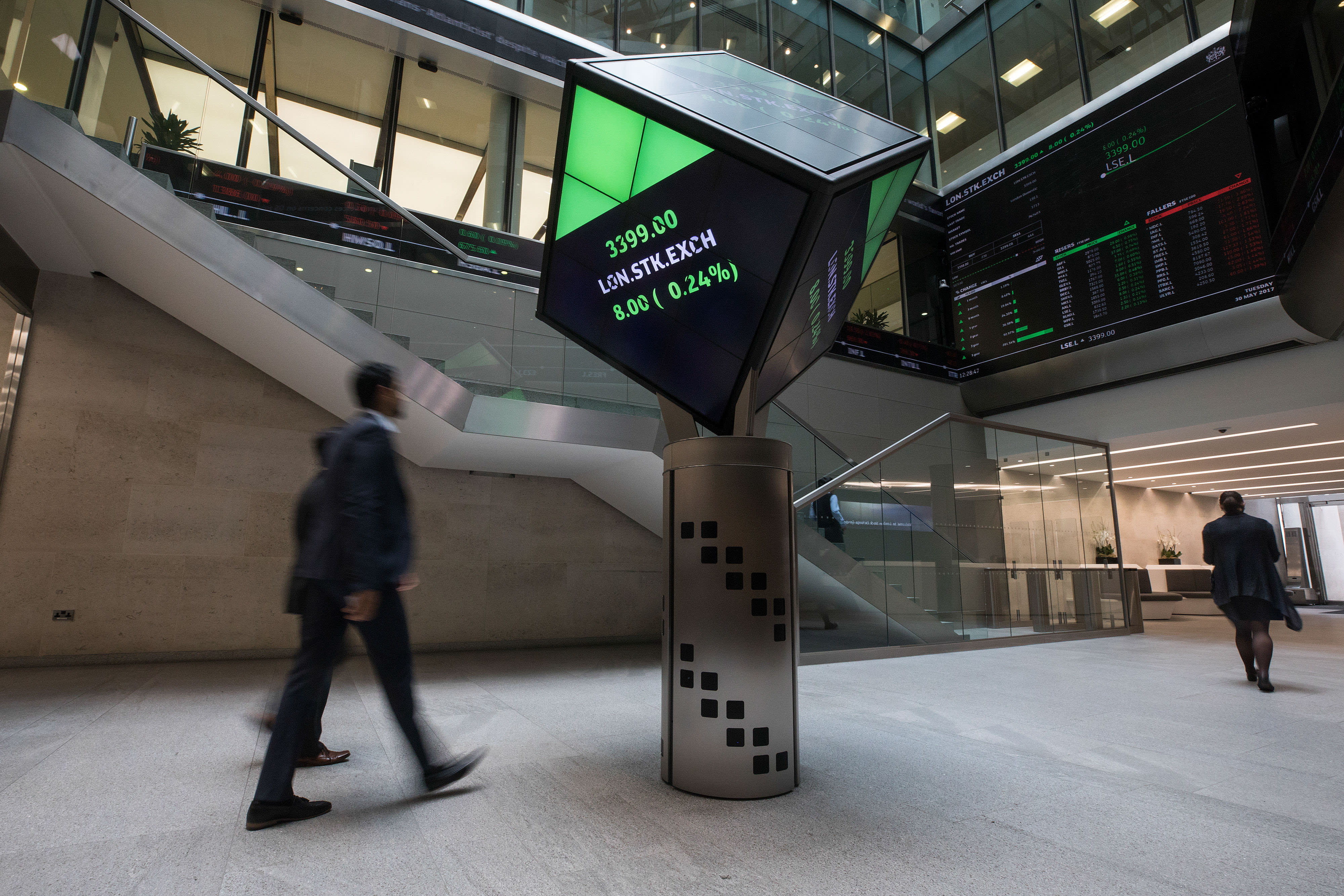Jacob de Tusch-Lec
Capital at risk. This content has been prepared for professional investors only. All financial investments involve taking risk which means investors may not get back the amount initially invested. Yields will fluctuate so income from investments is variable and not guaranteed.
Which stocks should a global equity fund invest in? If you were building a global portfolio from scratch today – and if you wanted to deliver a decent and growing yield at a time of inflation – which parts of the market would you look at? And which would you avoid?
Which areas of the market best are best placed to perform in a world where:
- inflation (rather than deflation) is the dominant worry?
- geopolitical tensions are escalating and 30 years of globalisation are being reversed?
- central banks are draining liquidity from financial markets (turning QE into QT)?and
- the cost of servicing debt is rising sharply as nothing is longer ‘for free’?
We launched our fund in 2010. So we are emphatically not building our portfolio from scratch. Furthermore, we are stockpickers rather than thematic investors. At the same time, however, undertaking a periodic ‘sense check’ of our portfolio against our broader view of the world is a useful discipline. So from time to time – and especially around big market events such as Covid or the Russian invasion of Ukraine – we step back from studying cashflow statements and balance sheets and try to predict how the various forces that are shaping the global economy will translate through to cashflows and dividends.
So, as the year began – and then again as Russia invaded Ukraine – we ranked different areas of the global equity market and different types of assets and asked ourselves where we would allocate our capital if we were building a portfolio from the ground up. The ranking we arrived at looked like this:
1. Defence stocks
2. Real assets and ‘upstream’ assets
3. Defensive assets
4. Downstream consumer assets (and ‘downstream’ cyclical stocks)
5. Financial assets
This theoretical pecking order does not to prohibit us from investing in a particular sector (for instance, although we are currently avoiding the major US banks, we do have a number of financial holdings). We are also conscious of the need to be nimble: in contrast to the last decade, when QE and free money (the so-called ‘central bank put’) artificially suppressed market volatility, its withdrawal seems likely to provoke it. So we must be prepared to take short-term tactical positions that are at odds with our long-term direction of travel: it’s not a straight line from A to B. But our ranking does provide a strategic road map – an indicator of which parts of the market are in the process of becoming relatively more – or less – attractive, and where it might be wise for us to raise (or lower) position sizes.
Our process – and our theoretical pecking order – result in a portfolio that has little in common with the ‘typical’ global equity income fund
1. Defence stocks
That we placed defence stocks at the top of our pecking order doesn’t mean that they dominate our portfolio; they collectively account for less than 10% of our holdings. At the same time, however, we have never previously had such a high weighting to this area of the market …The reason that defence stocks appear so attractive should be as obvious as they are regrettable: the world is less peaceful than it was.









